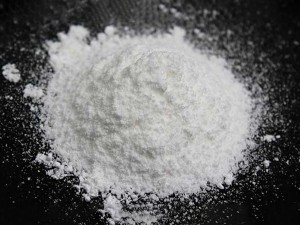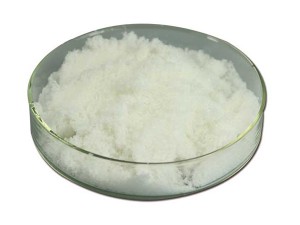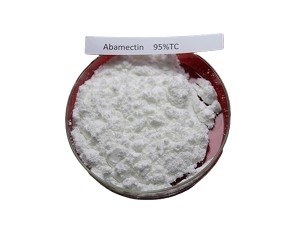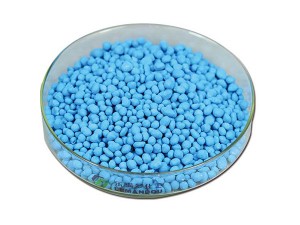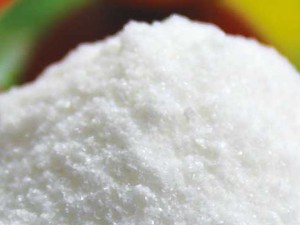Fulvic Acid
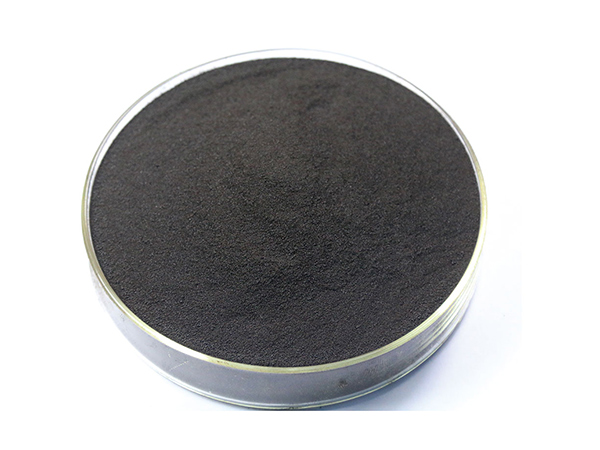
Leonardite Fulvic Acid
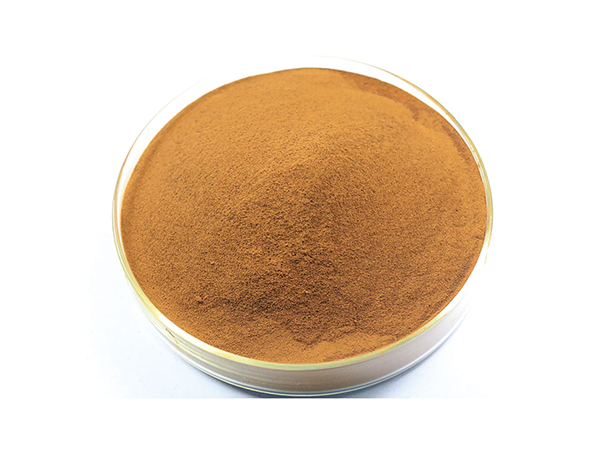
Bio-chemical Fulvic Acid
|
ITEM |
STANDARD |
|
|
Leonardite Fulvic Acid |
Biochemical Fulvic Acid |
|
|
Appearance |
Black powder |
Yellow-brown powder |
|
Water Solubility(dry basis) |
99.0% min. |
99.0% min. |
|
Total Humic Acid(dry basis) |
55.0% min. |
75.0% min. |
|
Fulvic acid (dry basis) |
50.0% min. |
60.0% min. |
|
pH |
5.0-7.0 |
5.0-7.0 |
Biochemical Fulvic Acid is extracted from the microbial fermentation of plant waste, the composition is more complex, in addition to aromatic hydroxycarboxylic acid, there are a certain amount of water-soluble carbohydrates, amino acids, protein, sugar and acid substances.
Packing
In 1 kg, 5 kg, 10 kg, 20 kg, 25 kg bags
Customized packing is available
Benefits
1. Improve the soil: Fulvic acid is the food of microorganisms
Affected by the action of fulvic acid, it can change the soil aggregate structure. Fulvic acid contains a large number of functional groups, which interact with soil particles to form aggregates of different sizes and stable structures. Its molecular exchange capacity is between 400-600me/100g, and the ion exchange capacity of ordinary soil is only between 10-20me/100g. "That is to say, after the fulvic acid is applied to the soil, its surface activity can absorb and exchange and complex the fertilizer applied, and at the same time, it also converts the solidified part of the soil, from what cannot be absorbed by crops to what can be absorbed by crops. Thereby improving nutrient utilization, which is different from ordinary compound fertilizer."
2.Fulvic acid can greatly improve fertilizer efficiency. It can be used as a slow-release agent of nitrogen fertilizer, activator of phosphate fertilizer, quick-acting agent of potash fertilizer, and chelating agent of micro-fertilizer.
The slow-release agent of nitrogen fertilizer, fulvic acid has inhibitory effect on urea decomposing enzyme and nitrate decomposing enzyme in soil. Fulvic acid can inhibit the decomposition of urea during crop growth, thereby reducing the volatilization of urea. This proves that fulvic acid has a slow-release effect. The activator of phosphate fertilizer, and the direct reason why fulvic acid improves the efficiency of phosphate fertilizer is: fulvic acid can form fulvic acid-metal-phosphate complex with phosphate fertilizer, such as iron fulvic acid, aluminum fulvic acid, yellow rot Acid phosphorus, after forming a complex in this way, can not only prevent the soil from fixing phosphorus, but also make it easy for crops to absorb, thereby increasing the utilization rate of phosphorus fertilizer from the original 10%-20% to 28%-39%.
3. Enhance crop resistance: resistance to drought, cold and disease, increase crop yield, and improve crop quality
Mineral fulvic acid can reduce the stomatal opening strength of plant leaves and reduce leaf transpiration, thereby reducing water consumption, improving the water status of plants, ensuring normal growth and development of crops under drought conditions, and enhancing drought resistance.
Storage
Store in a cool, dry and ventilated place.













